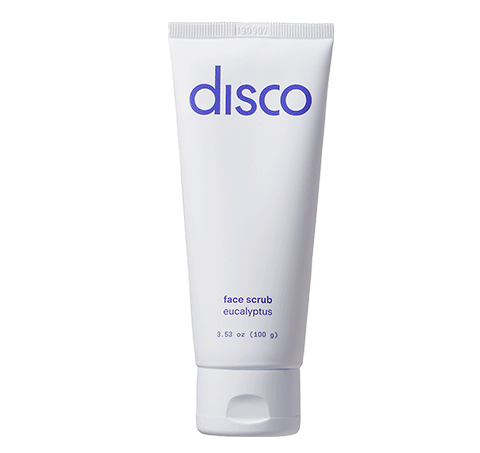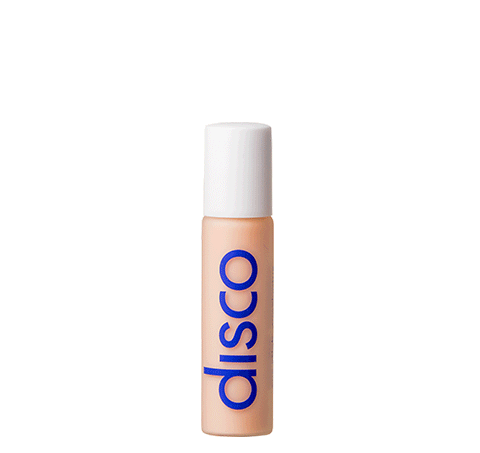Dry skin is Rated "E for Everyone"–anyone can get it, especially in the dry winter and hot summer.
If your skin gets extremely dry, it could start becoming flaky or cracked, which can be both unsightly and painful. Sometimes your skin will just feel a little rough, which is normal. Ashy skin falls somewhere in between these extremes.
So, how can you get rid of your ashy skin?
What Is Ashy Skin?
The term "ashy" refers to how your skin looks when it starts to dry out. Over time, dried-out skin can begin to look dull, and sometimes it will even acquire a paler white or grey coloring, much like the ashes left over after a bonfire.
Sometimes this discoloration happens just because your skin doesn't have the hydration it needs to stay smooth and soft. This is often true if your ashy skin tends to pop up in the winter or if you're in a dry, desert-like climate.
Other times it's a result of a disruption to your skin cells' regeneration process. Your skin cells regenerate continuously, and the top layer of your skin, or the stratum corneum, contains the dead skin cells that used to live in the deeper layers of your skin.
Exfoliation can help remove these dead cells, but they will sometimes accumulate at the surface and create a barrier that prevents your skin from absorbing moisture properly.
This is why regular exfoliation is such an essential part of your skincare routine. Clearing out that layer of dead skin and knowing what to do after exfoliating is the key to keeping that healthy glow and maintaining a smooth complexion.
People of all skin tones can experience ashy skin, but it's particularly noticeable on darker skin types. Though it can occur on any part of your skin, you're most likely to notice it on your elbows, knees, heels, arms, or lower legs.
What Is Drying Out My Skin?
Harsh winter winds, intense sun exposure, and dry air are commonly known contributors to dry skin. However, plenty of factors could play a role in drying out your skin, and some of them might surprise you.
Some fabrics, such as cotton, wool, and polyester, can absorb moisture from your skin. The texture of the fabric may cause additional irritation. If you're prone to dry skin, try to wear more blended fabrics or flannels that won't siphon off your skin's natural moisture.
Long, hot showers, while good for the soul and super relaxing, can damage the outer layer of your skin. Higher temperatures can also cause the skin to dry out by stripping it of the natural oils, like macadamia nut oil, that help lock in moisture.
Some medical conditions, or the medications for those conditions, may cause dry skin as an unwelcome side effect.
Moisturizing is a crucial part of your skincare regimen; body creams and lotions help form a protective barrier between your skin and the environment to reduce the amount of moisture that evaporates from your skin over the day and to replenish the moisture that your skin loses.
However, if you already lube up religiously, take a look at the rest of your routine to see if other factors contribute to your ashy skin.
How Do I Get Rid Of My Ashy Skin?
An ounce of prevention is worth a pound of cure, but the odds are that you're here because you've already noticed an ashy patch on your skin and want to know how to reverse course. There's no such thing as a one-stop fix for dry skin. It'll take some time and dedication, but it's possible to moisturize your way back to having hydrated and healthy skin.
Using the right skincare products is the key to getting rid of ashy skin. Staring at a wall of body washes, body lotions, body creams, exfoliants, masks and creams in a drugstore can be discouragingly overwhelming. To simplify things when looking for a skincare regimen that will restore dry, ashy skin, consider the following:
Use a body wash with mild ingredients. Many soaps are detergent-based and contain a laundry list of chemicals that can dry out and damage your skin by "cleansing" it of its natural oils along with dirt and grime. Scented products can also cause even further irritation when your skin is dry.
Look for a body wash with natural ingredients, like aloe and chamomile, which can hydrate and soothe your skin rather than dry it out.
Get a loofah. Exfoliating your skin once or twice a week helps remove the dead, dry skin cells that can contribute to its ashy appearance if allowed to build up on your skin.
Moisturize, moisturize, moisturize. The best way to chase out dry, ashy skin is to moisturize it every day. Lotioning up right after you step out of the shower can help to counteract the potential damage from the hot water. Creams tend to be better at restoring very dry skin because they provide a supplemental barrier that helps your skin lock in moisture.
Lotions, on the other hand, are lighter weight and have a higher water content so that they can quickly be absorbed into the skin, providing moisture but without the barrier that helps your skin to retain that moisture through the day.
Trying to get rid of ashy skin can seem like a tall task, but bringing in the right products for the job will put you on the path to clear, smooth skin.
🕺🏼*Hint* Disco’s suite of body and face products are all-natural and designed to hydrate and nourish your skin, not only just temporarily zap surface level problems like ashy skin.
Final Thoughts
Your skincare routine shouldn't be limited to just your face; the rest of your skin needs care too.
The same principles you use in your skincare routine can be applied to the rest of your body: use a gentle cleanser daily, moisturize afterward, and exfoliate a few times a week. As is true for your complexion, factors like a healthy diet, proper hydration, and good sleeping habits also impact your skin's overall health.
Using natural ingredients rather than harsh chemicals will help nourish your skin and keep it from drying out. Taking extra precautions before stepping outside can make a huge difference, especially if you're in an environment with harsh weather such as intense summer heat and fierce winter winds.







